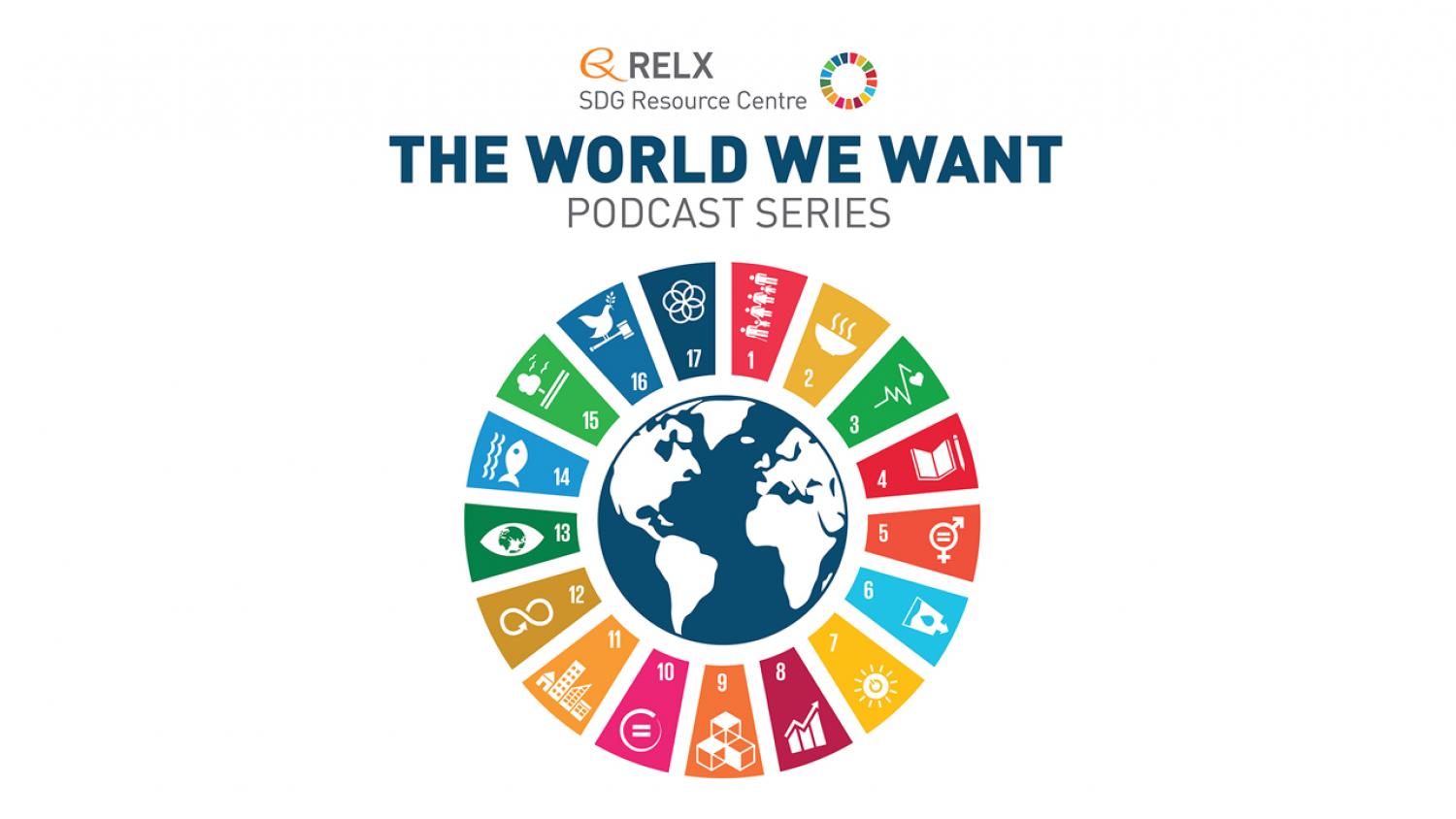Emerging renewable energy sources, encompassing advanced solar technologies, marine energy, and innovative bioenergy solutions, are essential in realizing the United Nations Sustainable Development Goals (SDGs). These sources are instrumental in addressing a variety of environmental, economic, and social challenges, highlighting the interconnected nature of these global goals.
One of the primary SDGs addressed by these renewable energy sources is SDG 7, which aims for Affordable and Clean Energy. By providing access to affordable, reliable, sustainable, and modern energy, these technologies help bridge the energy gap, especially in underdeveloped and developing countries. Advanced solar technologies, for instance, harness the sun's power more efficiently and are becoming increasingly cost-effective, making solar energy more accessible to a broader population. Similarly, marine energy, derived from ocean waves, tides, and thermal gradients, offers a vast and largely untapped source of clean energy. Innovative bioenergy solutions, which convert organic materials into electricity, heat, or biofuels, also contribute to a more diversified and sustainable energy mix.
Moreover, these renewable energy sources directly contribute to SDG 13 – Climate Action. By reducing reliance on fossil fuels, they significantly lower greenhouse gas emissions, a major factor in global warming and climate change. The shift to renewables not only curbs emissions but also fosters a more resilient and adaptable energy infrastructure, capable of withstanding climate-related hazards.
The development and implementation of these clean energy technologies also support SDG 9, which focuses on Industry, Innovation, and Infrastructure. The advancement of renewable energy technologies drives innovation in various sectors, including materials science, engineering, and digital technologies. This innovation spurs economic growth and helps build resilient infrastructure, essential for sustainable industrialization.
In terms of economic benefits, these renewable energy sources align with SDG 8, which promotes Decent Work and Economic Growth. The renewable energy sector is a significant job creator, offering a range of employment opportunities in research and development, manufacturing, installation, and maintenance. These jobs not only contribute to economic growth but also support community development and contribute to poverty alleviation.
Furthermore, the expansion of renewable energy can play a vital role in addressing SDG 10, which aims to Reduce Inequalities. Access to clean and affordable energy can transform lives, particularly in remote and underserved regions. It can improve living standards, enhance education and health outcomes, and boost local economies, thereby reducing inequalities within and among countries.
The proliferation of emerging renewable energy sources is not just about transitioning to a cleaner energy mix; it is fundamentally about fostering a sustainable, equitable, and prosperous future for all. These technologies are pivotal in achieving the SDGs, reflecting their multifaceted benefits that span environmental protection, economic growth, social inclusion, and innovation. As such, the global push towards renewable energy is a critical step in the journey towards achieving sustainable development worldwide.
World Future Energy Summit and the RELX SDG Resource Centre have announced a new partnership to support sustainability innovation and knowledge-sharing across industries.
The RELX SDG Resource Centre will act as a “Knowledge for Sustainability” Partner to World Future Energy Summit, leveraging RELX’s data, insights and analytics to support evidence-based solutions for the energy transition and sustainable development.
Mahfuz Kabir, Zobaidul Kabir, Nigar Sultana, Chapter 14 - Climate change, sustainability, and renewable energy in developing economies, Editor(s): Imran Khan, Renewable Energy and Sustainability, Elsevier, 2022, Pages 377-415, ISBN 9780323886680, https://doi.org/10.1016/B978-0-323-88668-0.00001-2.
Wolf-Peter Schill is Deputy Head of the Energy, Transportation, Environment Department at the German Institute for Economic Research (DIW Berlin), where he leads the research area Transformation of the Energy Economy. He engages in open-source power sector modeling, which he applies to economic analyses of renewable energy integration, energy storage, and sector coupling. He holds a diploma in environmental engineering and a doctoral degree in economics from Technische Universität Berlin.
This literature review identifies the impacts of different renewable energy pathways on ecosystems and biodiversity, and the implications of these impacts for transitioning to a Green Economy. While the higher penetration of renewable energy is currently the backbone of Green Economy efforts, an emerging body of literature demonstrates that the renewable energy sector can affect ecosystems and biodiversity.
In this paper, five most emerging renewable energy sources are analyzed. These emerging renewables are either special or advanced forms of the mainstream energy sources (solar, wind, geothermal, biofuels, biomass, and hydro) or brand new technologies. The five emerging renewable technologies discussed in this paper include marine energy, concentrated solar photovoltaics (CSP), enhanced geothermal energy (EGE), cellulosic ethanol, and artificial photosynthesis.


